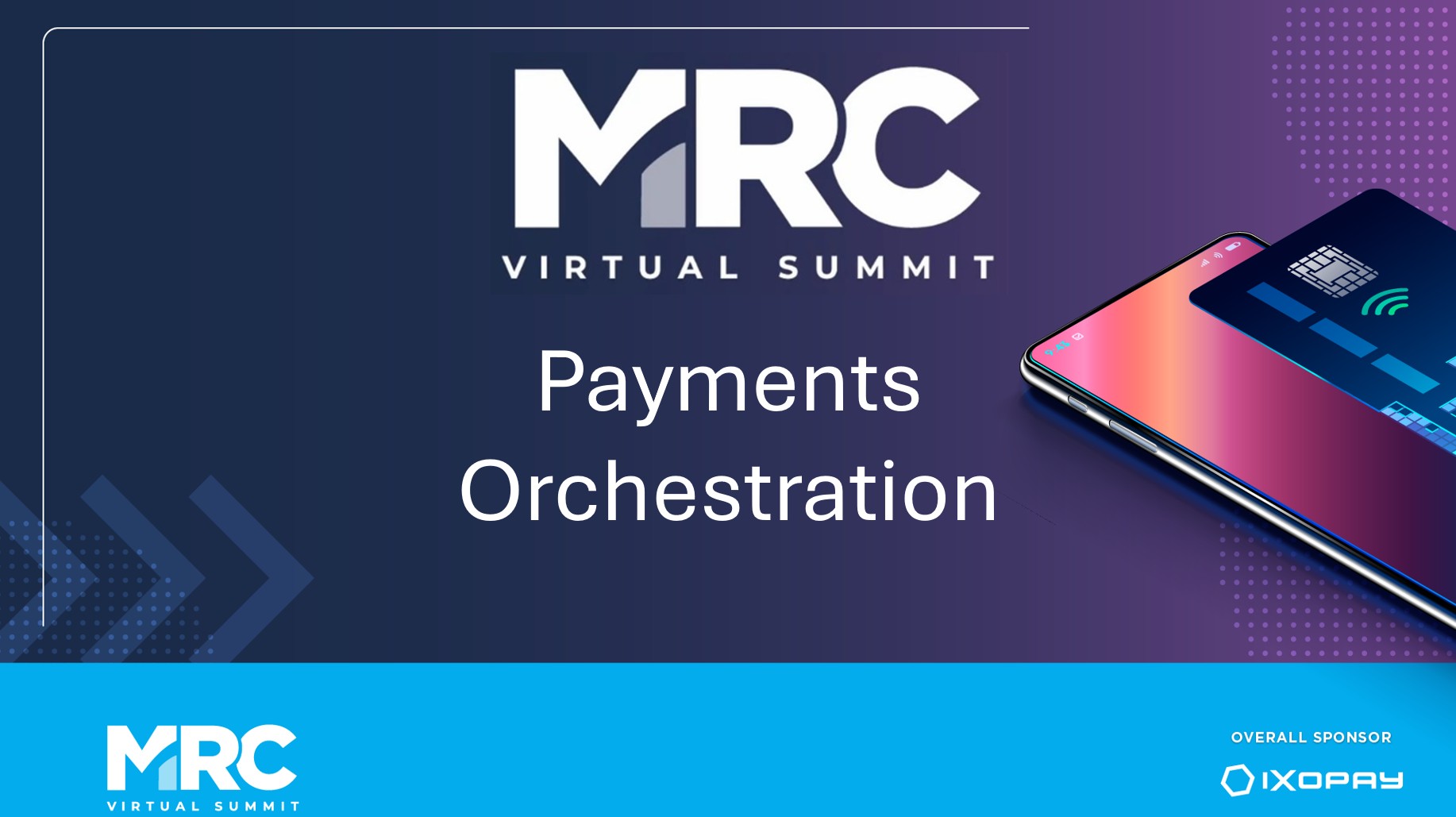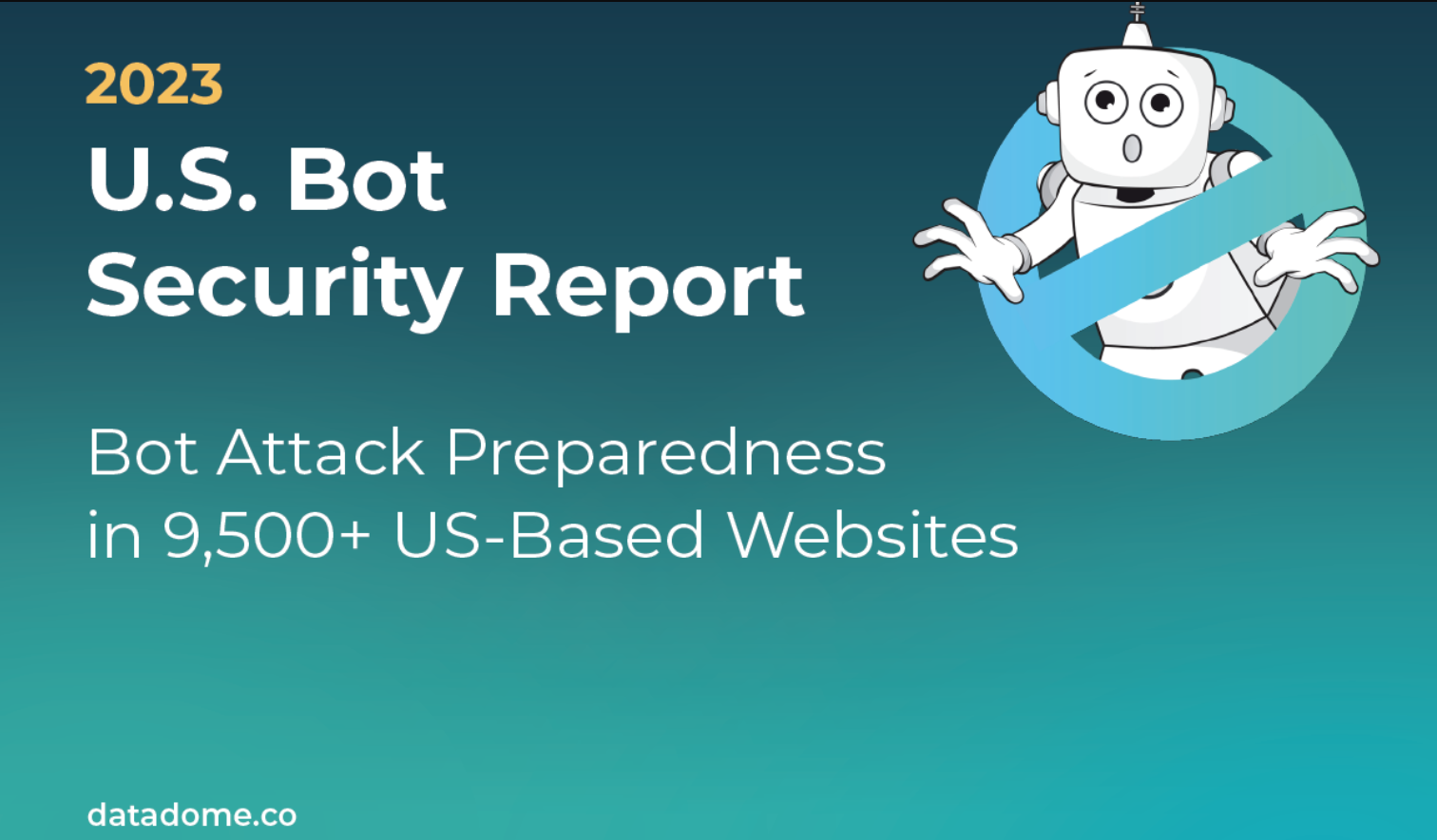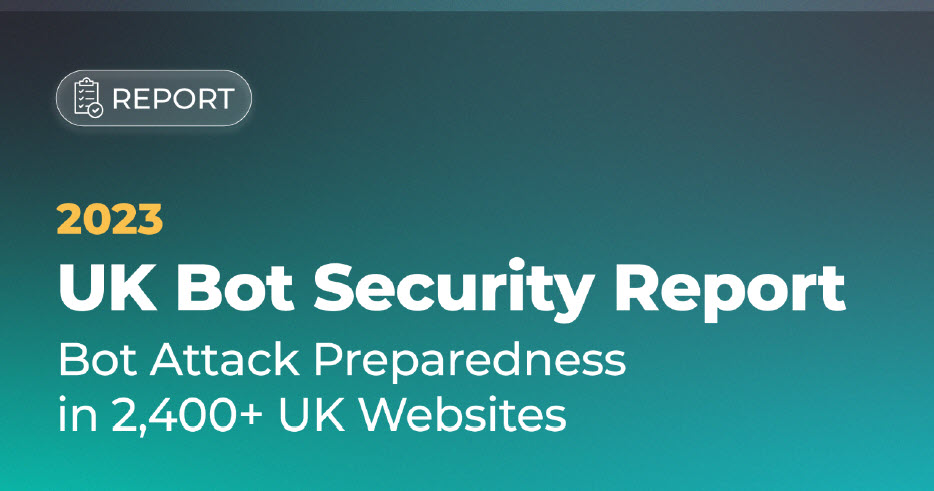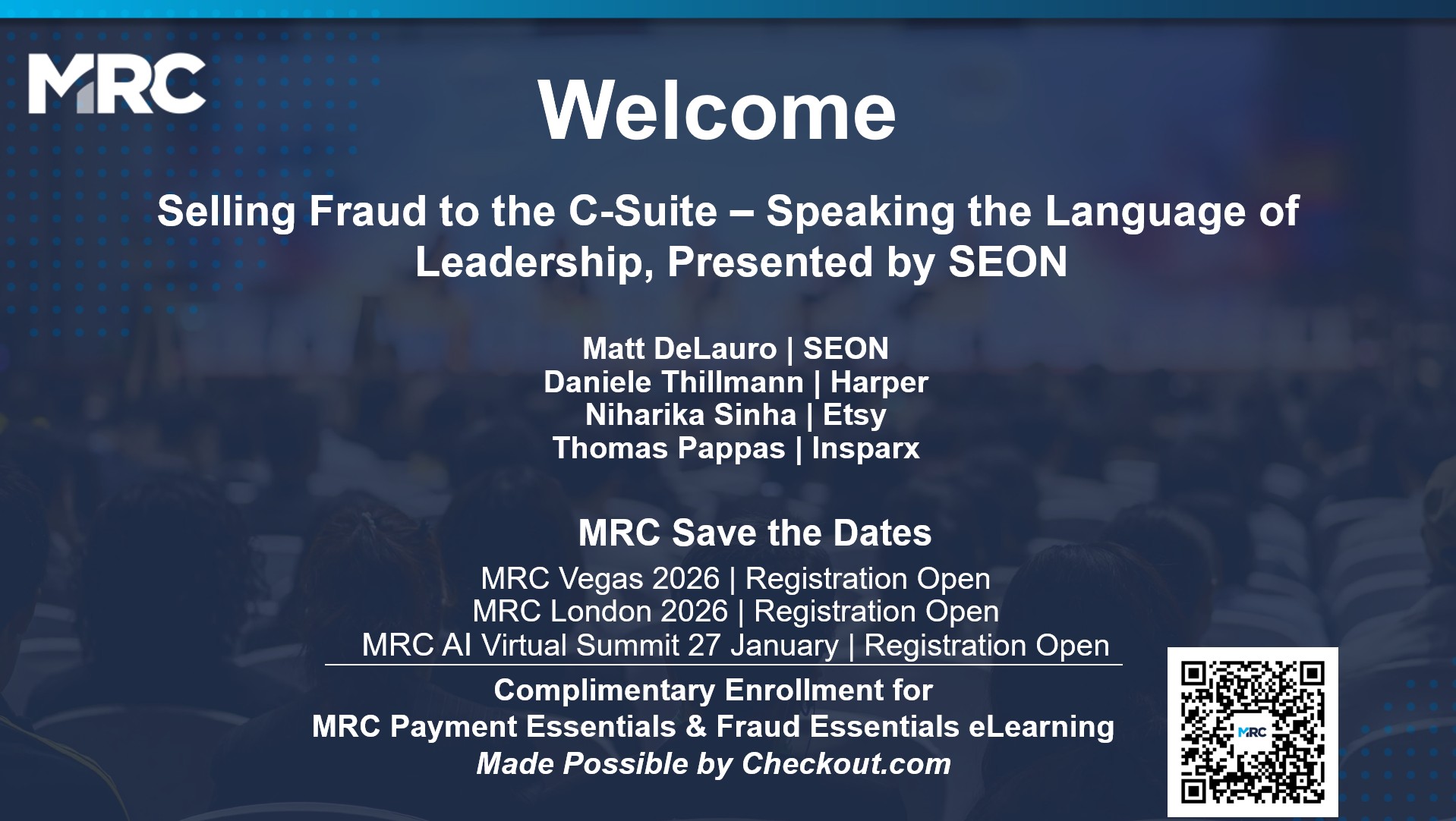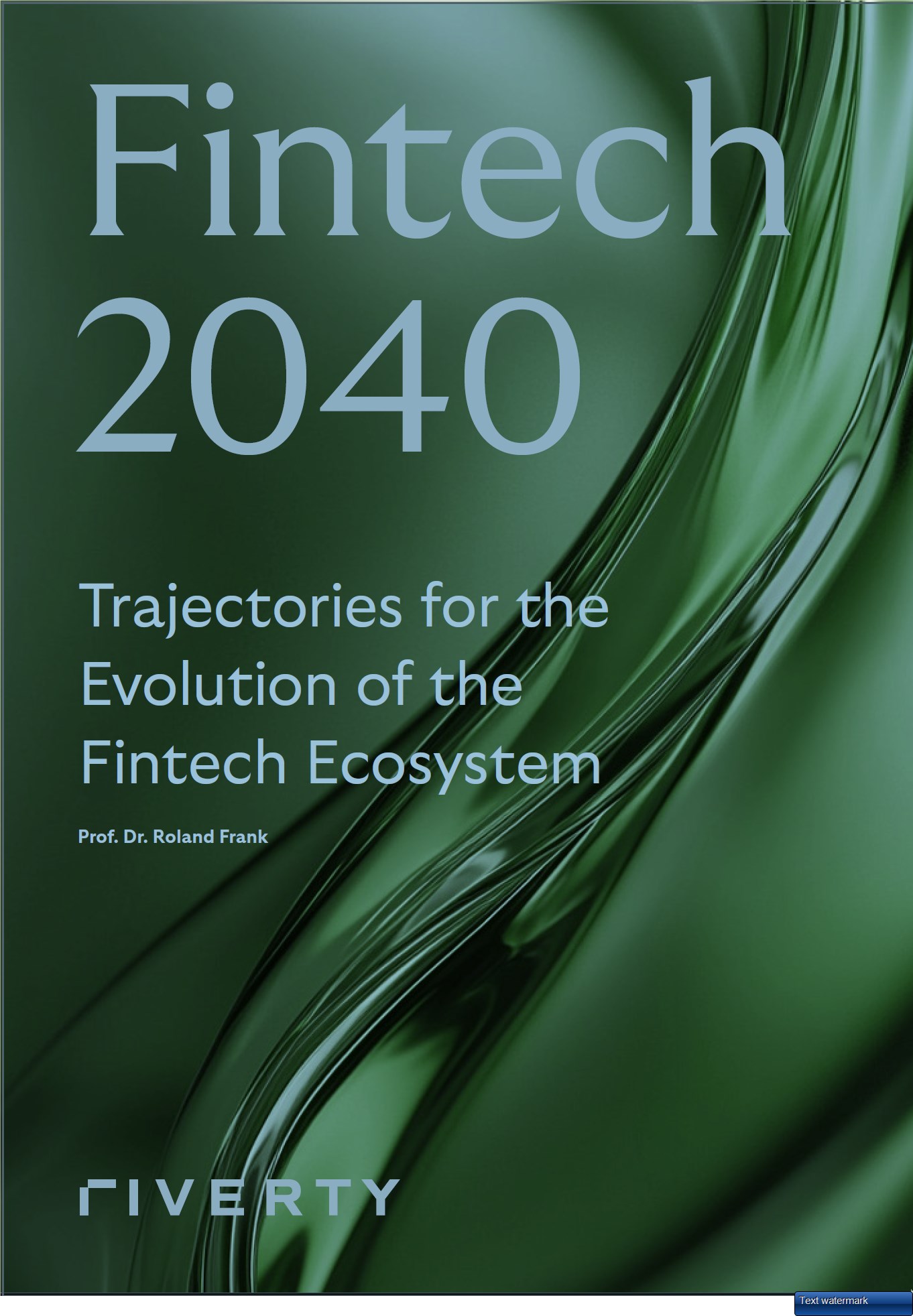How Netacea Develops Cutting Edge Bot Detection Techniques
Fraud
Attack Types
Bots
Netacea
May 05, 2021
Whitepapers
On every website there are bots making automated requests. Bot traffic is now so prevalent that the internet as we know it today could not function without bots, for better or worse.
Although some bots are beneficial, malicious bots are using a whole host of methods to make a profit at the expense of websites and users. From scraping to scalping, account takeover and creation to carding and credential stuffing, the threats posed by malicious bot traffic are growing more dangerous and harder to defend against.
These attacks are distinct from traditional hacks that exploit technical weaknesses in systems. Bots automate legitimate activity on websites to exploit business logic weaknesses, making conventional security measures ineffective against these threats. To compound the problem, modern bots are sophisticated enough to bypass client-side detection techniques used by many bot defense systems, such as device fingerprinting and user interaction tracking
Although some bots are beneficial, malicious bots are using a whole host of methods to make a profit at the expense of websites and users. From scraping to scalping, account takeover and creation to carding and credential stuffing, the threats posed by malicious bot traffic are growing more dangerous and harder to defend against.
These attacks are distinct from traditional hacks that exploit technical weaknesses in systems. Bots automate legitimate activity on websites to exploit business logic weaknesses, making conventional security measures ineffective against these threats. To compound the problem, modern bots are sophisticated enough to bypass client-side detection techniques used by many bot defense systems, such as device fingerprinting and user interaction tracking
Some content is hidden, to be able to see it login here Login
Tagged:

Host a Webinar with the MRC
Help the MRC community stay current on relevant fraud, payments, and law enforcement topics.
Submit a Request
Publish Your Document with the MRC
Feature your case studies, surveys, and whitepapers in the MRC Resource Center.
Submit Your Document



